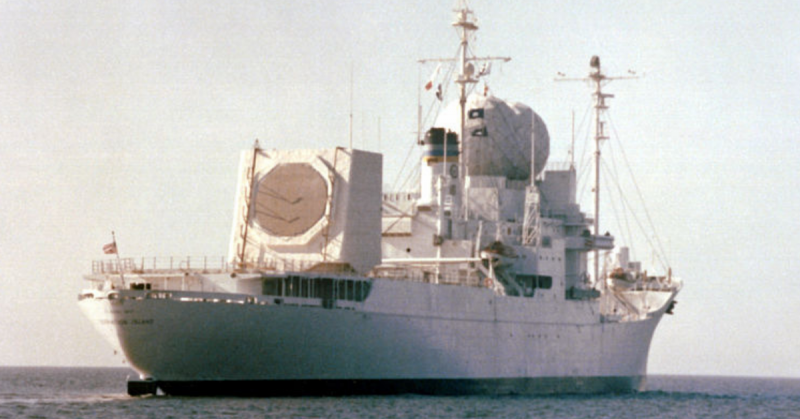During World War II, in August 1940, Germany started taking the fight to the skies of Great Britain, the last nation in Europe that stood against them. The Luftwaffe, the German Airforce, had more than 2,500 aircraft in the sky and the Allies only 1,900, but to make matters worse, about only 600 of them were British fighters based on their home turf, while the rest of them were based in Allied airfields far away from the front.
If a massive attack were to happen on British soil, those other planes wouldn’t arrive in time to intercept it. However, there was a new secret weapon that would even the odds for the British: radar.
Robert Watson-Watt, a Scottish engineer, had already been tinkering with radar waves for years. He didn’t invent them–radar waves had been around for a while–but he did invent a technique that could focus a radar beam on an object, and the beam would rebound, giving the object’s location and altitude.
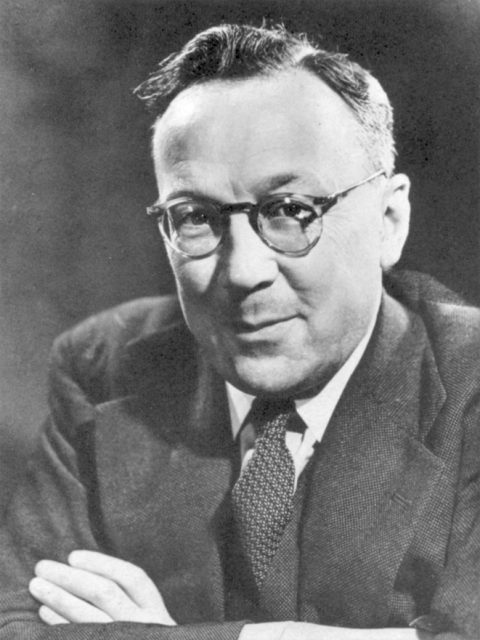
He made a plane fly between two radio towers several times to prove his concept and to tweak his system. As a result, massive radar towers which looked a lot like FM radio towers were erected all along the eastern coast of Great Britain. This defense system was called the Chain Home.
The towers back then wouldn’t give the rotating radar image that we are accustomed to seeing in movies, but they would spit out raw data, which operators had to interpret to learn the position, altitude and number of enemy planes. Even then, the data had to be corroborated with another tower’s data to triangulate an enemy plane position accurately.
The procedure was cumbersome and required radar towers to relay their data to a room full of people moving plastic chips frantically over a board and verifying each contact manually to see if it was a friendly flight or not. This was jokingly called “mad ludo” and the rooms were called “filter rooms.”
However cumbersome the procedure was, the British could not afford the luxury not to use it, since without it they would only have 5 minutes warning before Luftwaffe bombers rained death and fire over their cities, not nearly enough to get their birds up in the sky. By using radar, that early warning extended to half an hour.
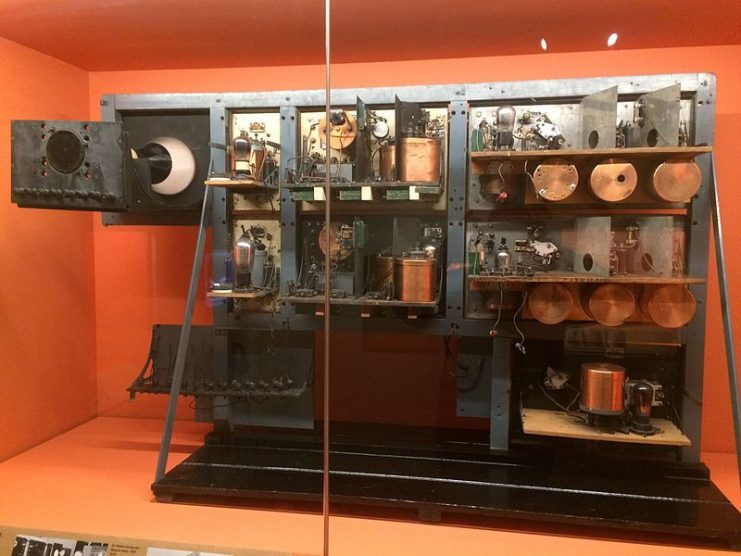
For operators, the British made use of the only fighting force that was not actively engaged in fighting at the time: the Women’s Auxiliary Airforce, or WAAF. These young women were eager to prove their worth in the frontline any way they could, and even stayed at their posts while a few radar stations were bombed. One of these women was Avis Parsons, a recipient of one of only six medals given to women during the whole war.
But Herman Göring, Luftwaffe’s Commander, was convinced that the British radar towers were just a bluff and ordered the bombers to stop attacking them. That was his greatest mistake, one that may have singlehandedly cost the Luftwaffe the Battle of Britain. While a costly victory for the allies, Germany was thus served with the first great defeat to its seemingly invincible war machine.
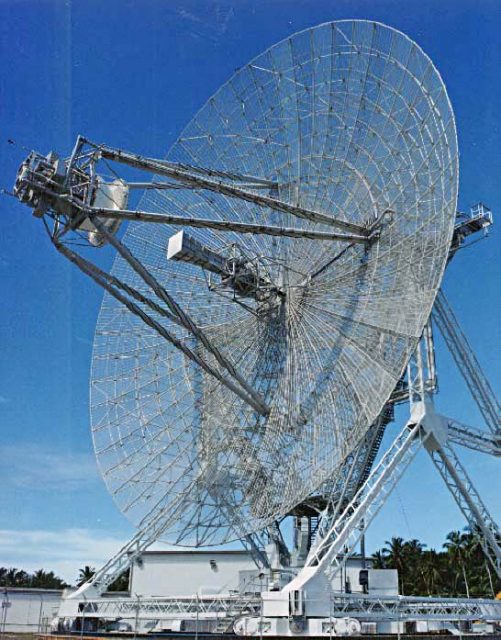
While the Americans had radar too, their systems were not nearly as advanced. In fact, a radar operator on the island of Oahu detected the massive Japanese attack that was heading for Pearl Harbor on December 7, 1941. There were 5 mobile radar stations that had just been deployed at that island, each manned by a crew of 2 trainees.
All of the tower crews had finished their training and shut down at 7 am, but one ambitious crewman let his station run a little longer. He couldn’t believe his eyes when he saw a big blur on the screen, in which he couldn’t even count the number of planes, but without other stations to triangulate he couldn’t confirm it.
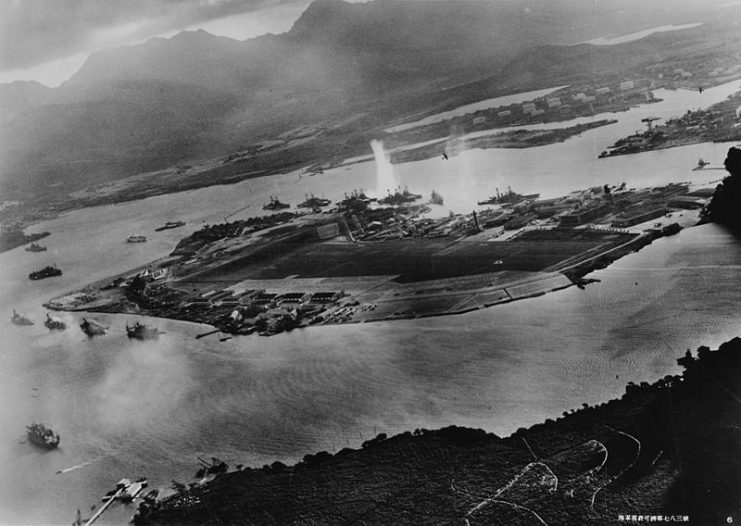
He initially hesitated to call headquarters for verification, and then when he did, the lieutenant on duty didn’t quite believe him, assuming the contact was a rookie’s mistake or the product of faulty equipment. By the time he finally got around to verifying the information, the planes had gone past a big hill and vanished from the radar.
But this failure alerted the Americans of the importance of radar, and they stepped on the gas on radar development. To that end, the British contributed a truly great addition to their research: the cavity magnetron, a device that magnified the radar signal by a thousand times and made it possible to track smaller objects accurately.
By the end of the war, American radar technology would be more than 4 years ahead of that of the Japanese. American radar could detect a ship or plane for miles before their Japanese counterparts could–so by comparison, the Japanese fleet commanders were fighting blind.

As a side note, the same cavity magnetron that the British developed made the H2S radar possible, which was used for the first time by British Stirling and Halifax bombers in 1943, to map the ground for night operations.
But the radars of WWII, although state of the art at the time, were analog, tube based, and single band, meaning they only operated on one frequency. A radar wave is basically a radio wave, and if the frequency is known, it can be intercepted or jammed. So the next generation of radar systems were those that could operate on multiple frequencies.
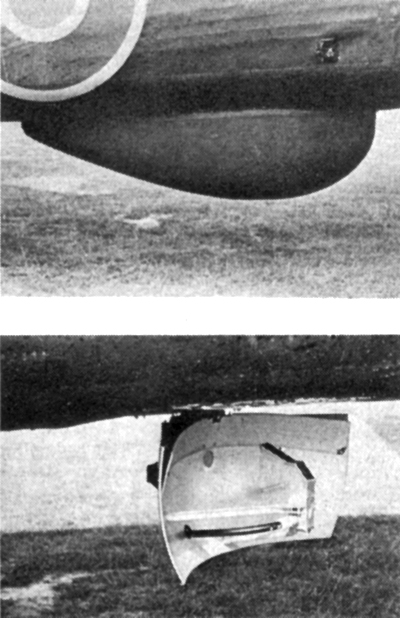
In the Vietnam War, the Americans started losing many aircraft to surface-to-air missiles, or SAMs. These missiles were targeted at the aircraft by ground based radar. Mechanical jamming, such as chaff–a cloud of metal pieces launched by planes and designed to confuse radar–and several other methods were put to the test.
“Wild-Weasel” was the code name for a special type of mission whose objective was to locate enemy radar installations and either destroy them or tag them for evasion or jamming. Radar was so crucial as a warning system, that whoever more effectively jammed the enemy’s radar was the one who usually won the fight, taking full advantage of the element of surprise.
So both better radar jamming and anti-jamming technologies were developed, giving shape to today’s electronic warfare race. They are called ECM and ECCM respectively. As jamming technology got even better, frequency hopping arose to counter it.
Without getting too technical, if your radar keeps jumping frequencies pseudo-randomly and automatically, it is way harder for the enemy to intercept and jam it, unless the enemy knows the exact patterns of the frequencies used, and that can be harder than guessing the combination to a safe. There were several types of radar which used this, the most common being FHSS radars.

In the 1970s and 80s, computers added greater resolution and better imaging capability to radars. They could now literally plot the waves of the ocean and detect a bug flying over it, so interpretation of the data became the focus. The race for faster information processing gave birth to multiple mode radars.
While each type of older radar previously had only one function, each new radar could now serve several functions, such as target tracking, fire control, weather monitoring, and wide area search.
Yet another milestone was achieved in the invention of the AESA radar, in which a beam of radio waves can be pointed in multiple directions without the need to rotate the antenna. Due to its configuration, and its use of a technology called “chirping,” it is also far harder to jam than the obsolete PESA radar. As a result, it has become the de-facto standard in many modern aircraft.
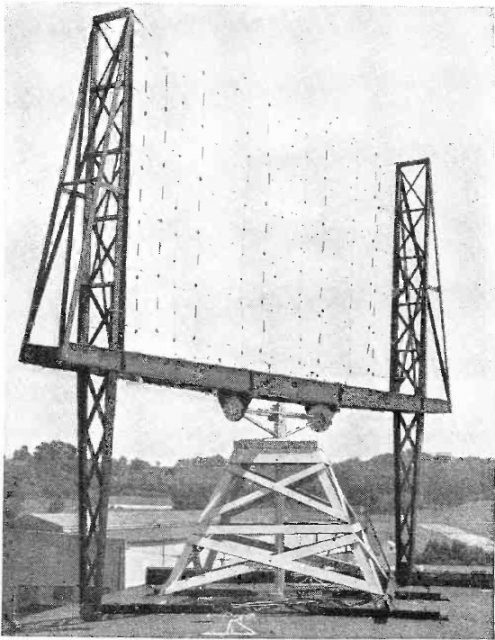
After that, solid-state technology made fully digital radars possible, meaning that radar could now handle all the image processing inside the radar array itself, digitally. Remember how slow the old Pentium I PC was, compared to the Ryzen or Core I7 of nowadays? That is comparatively how much faster radar image processing has become.
Yet another revolution came with the so-called Imaging Radar, or SAR, which produces a high definition image. Although this in itself it was not a new technology, before the SAR the processing of a single image from raw data could take days, and after its invention, image processing started happening in real time.

During the 1990s, radar manufacturers started networking their radars. This meant, for example, that once a plane detected an enemy, all of the other planes in the same flight could see it too. But what good is networking if your enemy can hack into your transmission? To counter that, different methods of encryption were added to the digital communication between planes.
The next revolution came with new semiconductor materials such as gallium arsenide and gallium nitride that helped radar manufacturers increase efficiency and reduce noise, which in turn reduced the size of radar antennas. Sophisticated arrays that would fill a whole installation during the 60s could now be fitted inside an airplane. That was a gamechanger for AWACs, early warning planes equipped with several types of radar to provide information about enemy forces at great distances.

Read another story from us: Smart Weapons in Desert Storm
The focus on the newer radars currently being developed is for them to be multi array, meaning they can operate at different wavelengths or frequencies simultaneously; multi mission, meaning they can be used for multiple purposes; language standardized, meaning that any friendly radar can talk to the whole fleet and relay its data, which will integrate tactically in a single display; and natively encrypted, meaning that not only the data, but also the signal that carries it is encrypted.
The future of radar is a bright…beeping…dot…on the horizon.
